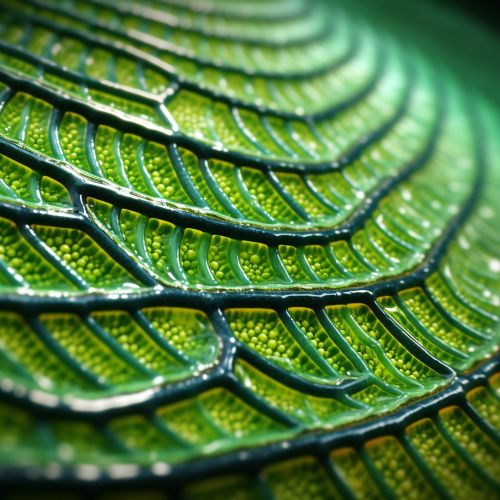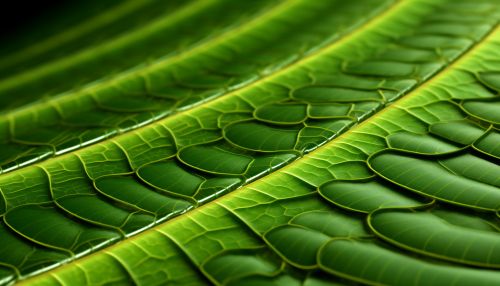Photophosphorylation
Overview
Photophosphorylation is a process that occurs in chloroplasts during photosynthesis where the energy produced by light is used to convert ADP into ATP. This process is vital for the survival of plants and other photosynthetic organisms, as ATP is a primary source of energy for cellular processes.
Types of Photophosphorylation
There are two main types of photophosphorylation: cyclic and non-cyclic.
Cyclic Photophosphorylation
In cyclic photophosphorylation, the electrons released from the photosystem are transferred back to the same photosystem after passing through an electron transport chain. This process only involves Photosystem I and results in the production of ATP, but not NADPH.
Non-Cyclic Photophosphorylation
Non-cyclic photophosphorylation, on the other hand, involves both Photosystem I and Photosystem II. The electrons released from Photosystem II do not return to the same photosystem, but instead are used to reduce NADP+ to NADPH. This process results in the production of both ATP and NADPH.
Mechanism of Photophosphorylation
The mechanism of photophosphorylation involves several steps, including light absorption, electron transport, and ATP synthesis.
Light Absorption
The process begins when light is absorbed by the pigment molecules in the photosystems. This causes the electrons in the pigment molecules to become excited and move to a higher energy level.
Electron Transport
The excited electrons are then transferred to an electron transport chain, where they lose energy. This energy is used to pump protons across the thylakoid membrane, creating a proton gradient.
ATP Synthesis
The proton gradient drives the synthesis of ATP by the enzyme ATP synthase. This process is known as chemiosmosis.
Significance of Photophosphorylation
Photophosphorylation plays a crucial role in the survival of plants and other photosynthetic organisms. The ATP and NADPH produced during photophosphorylation are used in the Calvin cycle to fix carbon dioxide into glucose, which is a primary source of energy for these organisms.
See Also


